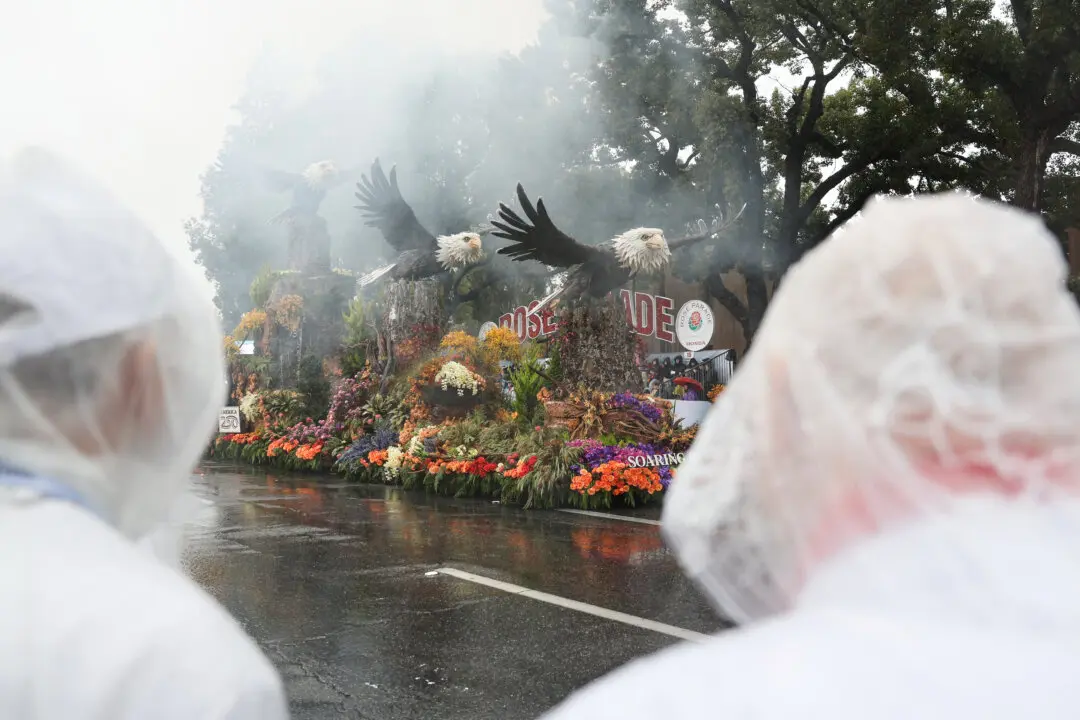MINNEAPOLIS—The partner of a Minneapolis police officer who fatally shot an unarmed woman who had called 911 to report a possible crime testified on April 18 that he heard a thump on the officers’ squad car right before the shooting and feared a possible ambush.
Officer Matthew Harrity’s testimony echoed a key claim by attorneys for Mohamed Noor, who fired a single shot at Justine Ruszczyk Damond as she approached the officers’ squad car on July 15, 2017.





